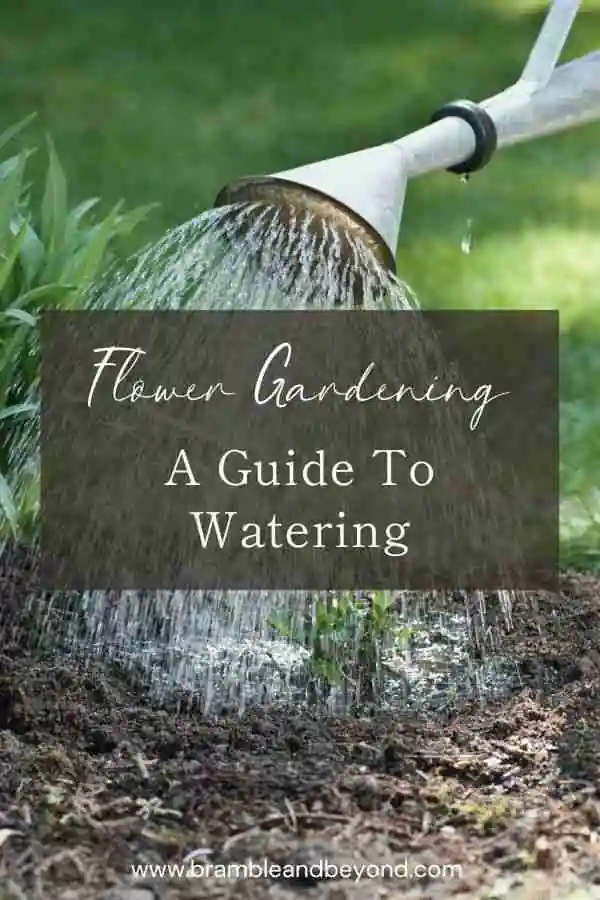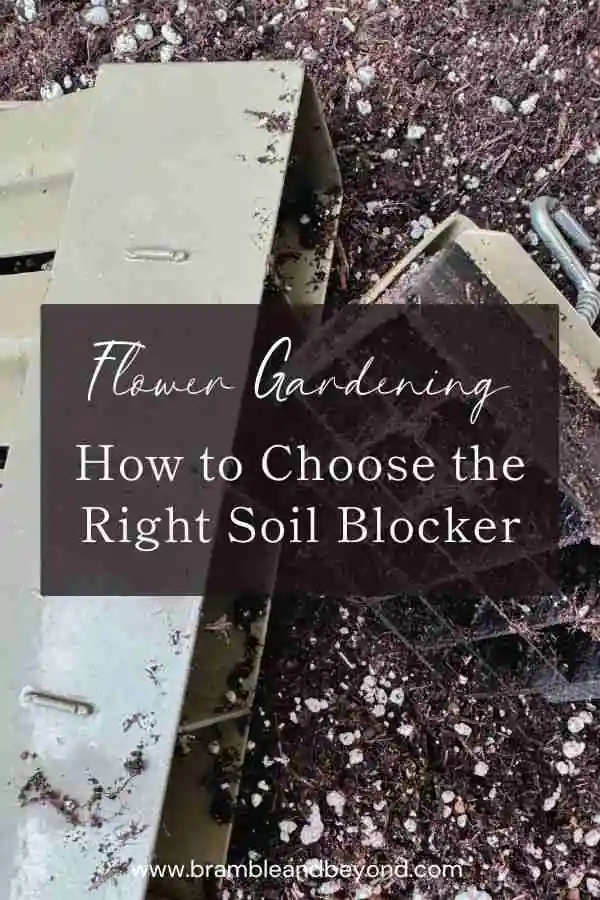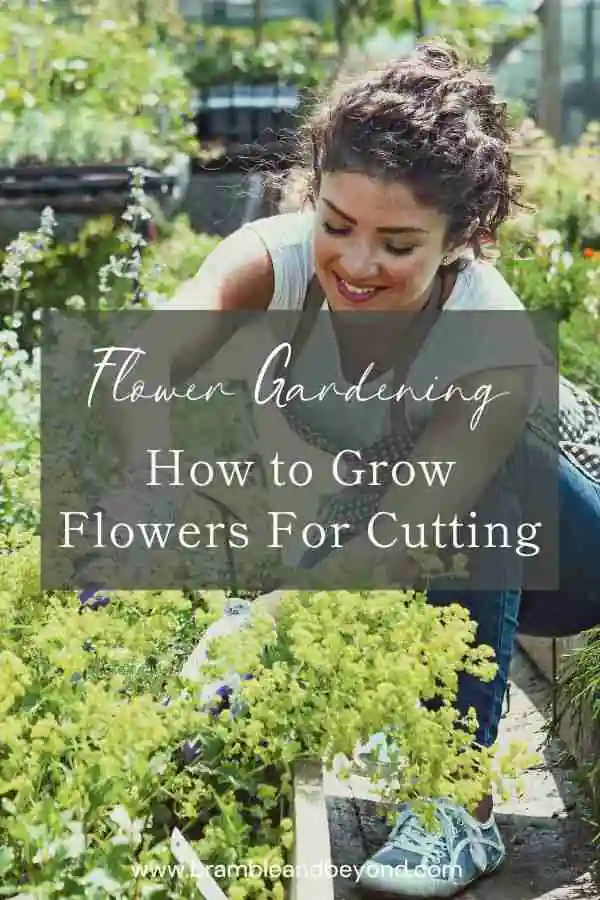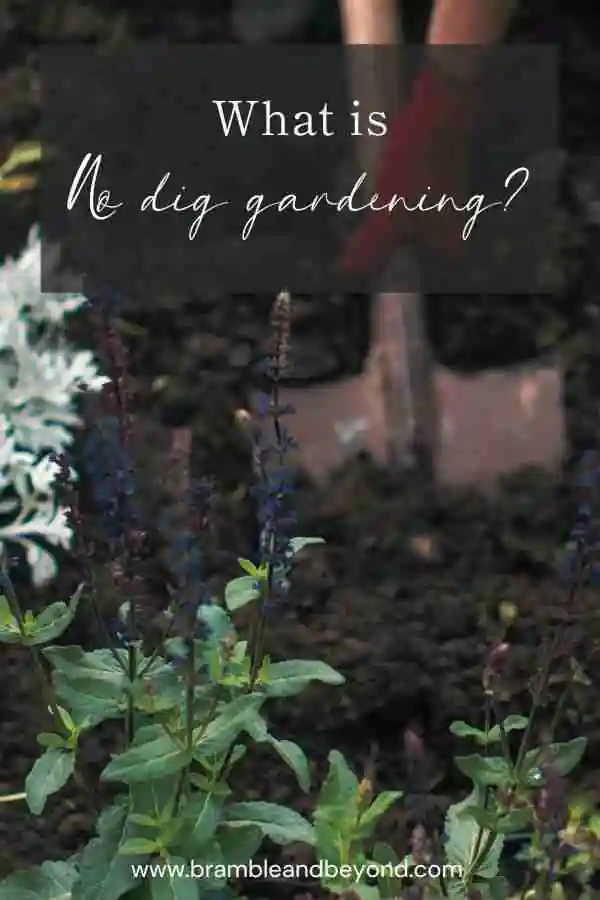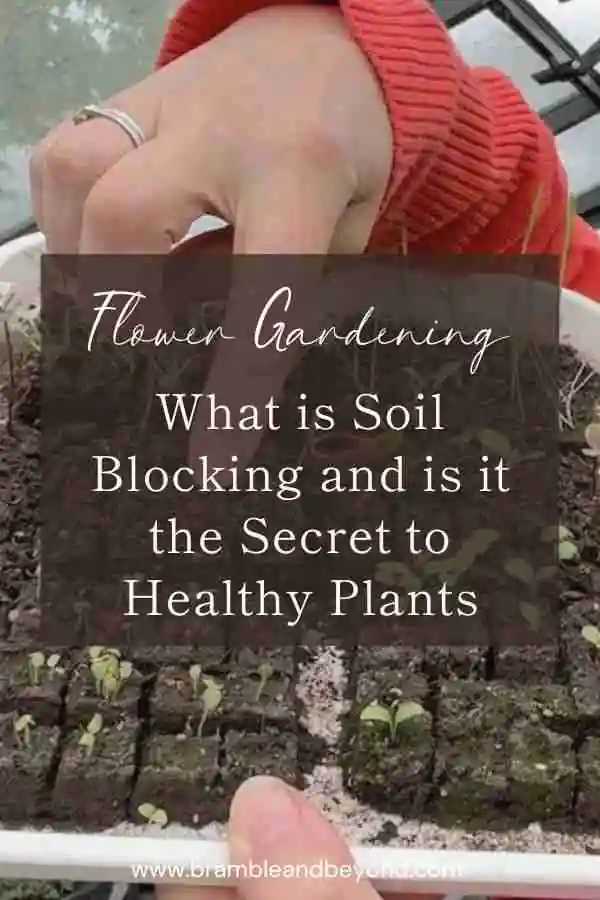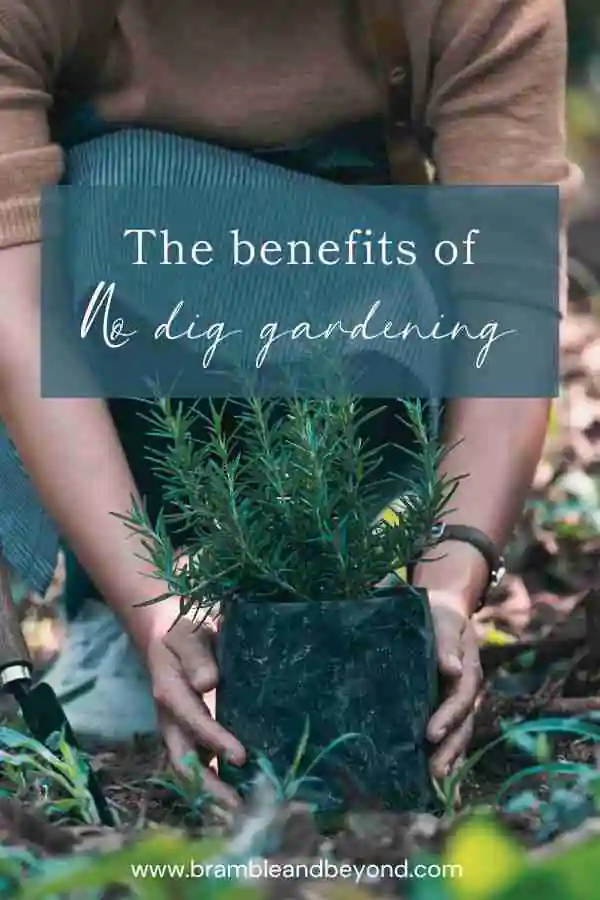Disclosure: This post may contain affiliate links, meaning I get commission if you decide to make a purchase through my links, at no cost to you. Please read my Affiliate Disclosure for more information.
Hello there, fellow flower garden enthusiast! Adding a cut flower patch to your garden is such a fantastic idea. They are simply dazzling, aren’t they? But let’s not forget, they need some flower bed maintenance. A key aspect of this care is watering them right.
Now, I know what you’re thinking, “How often should I water them?”, and as a general rule, it is better to water your cut flower garden as frequently as it needs, based on the soil conditions. If the soil feels damp just below the surface, wait. If it feels dry, it’s time to give your flowers a good drink. However, it is better to water as infrequently as possible so that your plants grow strong roots.
Living in the north of the UK, I usually water my seedlings when I plant them out. After that, they have to fend for themselves unless we experience a dry spell for several weeks.
Last year, we had a really dry and hot May, just after I planted out some seedlings. I then was a away for a couple of weeks. I was not hopeful for them to still be alive when I returned, but they were fine. They hadn’t grown much, but they hadn’t died! They then flowered as expected a month or so later.
Last year, we experienced a really dry and hot May, right after I lovingly planted out some seedlings. I then had to be away for a couple of weeks. With that heat, I didn’t have high hopes for my little green babies to still be growing when I returned, but guess what? They were absolutely fine. They hadn’t grown a lot, but they were hanging in there. And then, just as expected, they put on a beautiful flower show a month or so later.
In this article, I’ll share everything you need to know about your flower bed maintenance of watering your cut flower garden—from factors to consider, watering techniques, and specific recommendations for popular cut flowers. By the end, you’ll be well-equipped to keep your cut flower garden looking vibrant.
All about soil structure
When it comes to watering plants, several factors come into play. One of the most important is the type of soil that the plant is growing in. Different soils have different water retention rates, affecting how often the plant needs to be watered.
There are two extremes of soil structure: sandy and clay. Sandy is light and airy, and as you can tell from the name contains a lot of sand. You can tell you have sandy soil if you get a handful and squeeze it. If it doesn’t easily stay in its shape and crumbles through your fingers then it is sandy. Clay soil is the exact opposite, it has limited sand in its structure and has more clay (funnily enough). If you squeeze a ball of clay soil it will stay in its shape and will not crumble.
Sandy soil doesn’t hold onto water well. So, in dry conditions, you’ll need to water sandy soil often, as water easily drains from sandy soil. This means it does not retain nutrients well either.
On the other hand, clay soil retains water, and nutrients, well. However, it can quickly become waterlogged, which most plants don’t like. In very wet conditions the soil is easily compacted if you stand on it. In dry conditions it can bake solid and becomes really difficult to dig.
Ideally, you want a soil structure somewhere in the middle. Fortunately, this is easily achieved by adding compost to your soil to improve the structure. I find it reassuring that the solution to improve your soil structure is the same for whatever you start with.
If you have less than perfect soil structure, follow the no-dig approach and plant directly into compost. This will provide a nutrient-rich, water-retentive environment for the plant to grow in.
Moisture testing
Another essential tool for determining when to water a plant is a soil moisture meter. This handy device can be inserted into the soil to measure the amount of moisture present.
Regularly checking the soil moisture levels gives you a better idea of when to water your plants, as over-watering is just as harmful as under-watering. A good rule of thumb is to check your soil moisture levels once a week during the growing season.
If you don’t have a tool, you can test the moisture level in your soil by poking your finger into the soil up to the second knuckle. If the soil feels moist, wait a few days before watering again.
It is essential not to take the surface moisture level as it is the moisture level where the plants’ roots are that count.
Choosing a watering system
When it comes to watering your plants, there are many different techniques you can choose from.
Root watering
One popular option is drip irrigation, which involves using a series of tubes and emitters to deliver water directly to the roots of your plants. This method can help to conserve water and reduce the risk of over-watering or under-watering.
Another technique to consider is the use of soaker hoses. These hoses are designed to release water slowly and evenly over a large area, which can be great for watering rows of plants or large garden beds. Soaker hoses are also easy to install and can save time and effort compared to watering by hand. This technique also delivers water directly to the roots of your plants, so it also saves water.
Of course, there are also some drawbacks to consider regarding these watering techniques. For example, drip irrigation systems can be expensive to install and maintain, and soaker hoses may be less effective for targeting specific plants or areas of your garden, especially if you are on a slope.
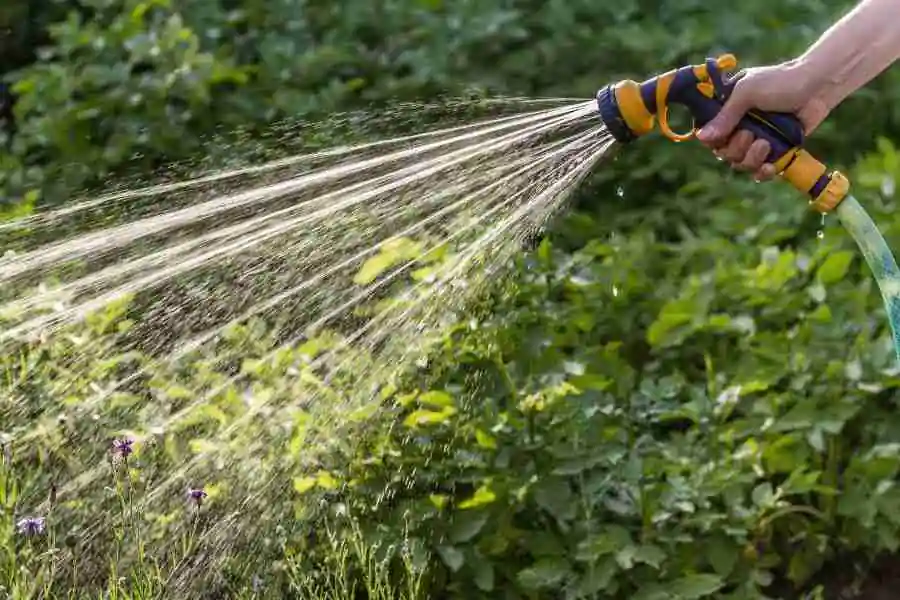
Overhead watering
This method waters the whole plant and does not guarantee the water gets to where it is needed, at the roots. In fact, if you water in the heat of the day, you might lose more water to evaporation and cause the plant to be scorched than you get from the benefit of watering. So whilst this method is relatively cheap to set up, it is the least effective and wastes more water.
Overall, it’s important to weigh the pros and cons of each watering technique and choose the one that works best for your garden and needs. By taking the time to research and experiment with different methods, you can ensure that your plants stay healthy and well-watered all season long.
Watering tips for flower bed maintenance
To help your plants grow healthy, always aim to water the roots, not the leaves. But don’t just splash water at the base of the plant. Watering deeply is key. This allows the water to soak into the soil and reach the roots, helping them grow stronger and better withstand dry spells.
For deep watering, use a hose or watering can with a nozzle that helps water penetrate the soil. You can also use a drip or soaker system already at the plant’s base. Water slowly to avoid runoff and ensure the water really soaks into the root zone.
Try watering in the early morning or late evening when it’s cooler to reduce water loss from evaporation.
Different flowers have different needs
Each plant has unique watering needs. Some can handle drought conditions better than others. Here are some specific watering tips for popular cut flowers:
- Roses: These flowers should be watered regularly, but not too much. It is important to keep the soil moist but not waterlogged. You should also try to avoid getting water on the flowers themselves, as this can cause them to rot and prevents them from opening.
- Dahlias: These flowers require a lot of water, especially during hot weather. You should water them deeply and frequently, ensuring the soil is always moist.
- Hydrangeas: These flowers require a lot of water also. You should water them deeply once a week, making sure that the soil is moist but not waterlogged.
Watering perennials vs. annuals
It’s also important to understand the differences in watering needs between annuals and perennials.
Annuals like cosmos and zinnia have shallow root systems and need more frequent watering than perennials like achillea and lavender.
Perennials typically have deeper root systems and can withstand drought longer but they still need regular watering to thrive.
Watering your cut flower garden is a crucial part of your flower bed maintenance. Watering too often can increase disease risk, while not watering enough can lead to wilting. There’s no one-size-fits-all answer—the frequency depends on your soil structure, plant type, and weather conditions.
Keep an eye on the weather and soil moisture, and water deeply when the soil begins to dry out. With the right watering techniques, you’ll have stunning blooms to enjoy all season long.
Learn more about how to start and grow a cut flower garden in this series of blog posts:
- The 9 Benefits of Starting a Cutting Garden
- How to Start a Cut Flower Garden – 7 easy steps
- What’s the Best Cutting Garden Layout: How Much Space Do You Need?
- The Tools You Need to Create a Cut Flower Garden
- Cutting Garden Plan: What Makes a Good Cut Flower Garden
- When to Start a Cut Flower Garden For Beginners
- How to Grow Flowers For Cutting: Flower Bed Maintenance
- Flower Bed Maintenance: A Guide To Watering
And if you want to do it with the minimum of trouble find out the mistakes I made in starting my flower patch.

